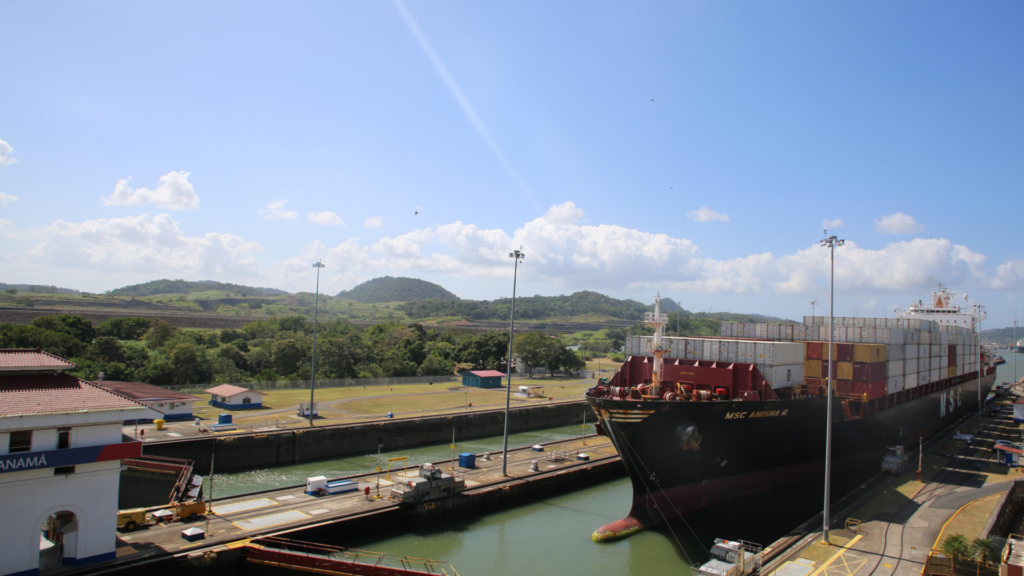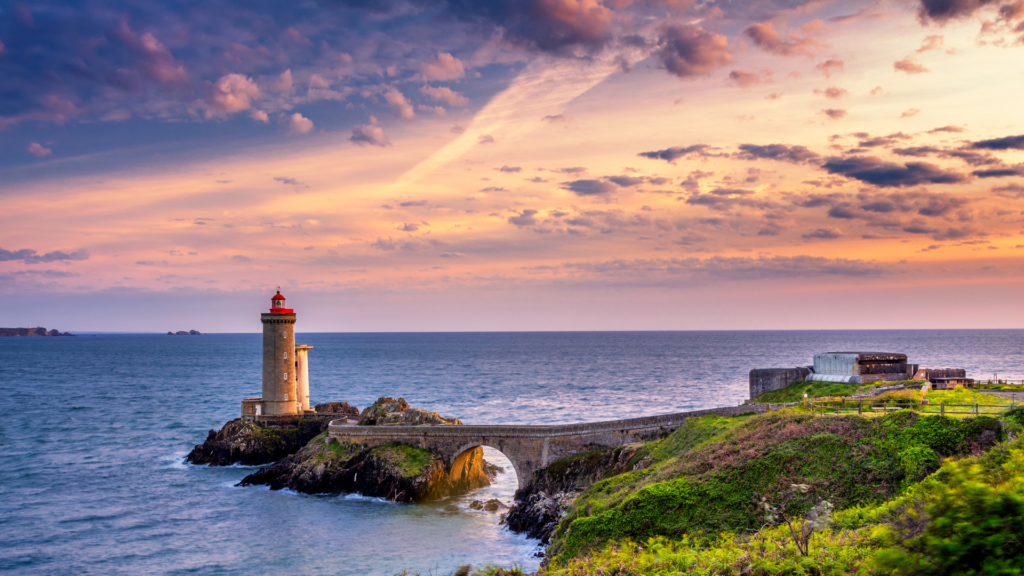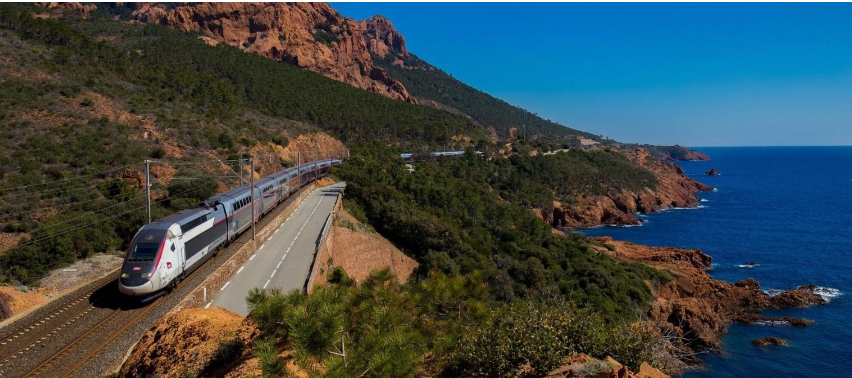Background to the study on climate and water resources
The Panama Canal, a key link in global maritime trade, relies directly on the availability of water resources to feed its locks and ensure the continuity of international traffic. However, under the impact of climate change, this strategic infrastructure is exposed to increasing pressures. The changes already observed in Panama are reflected in various phenomena, including increased rainfall variability, more frequent and intense droughts, and growing water stress threatening the reliability of the canal’s operation.
These phenomena exacerbate existing vulnerabilities and highlight the need to anticipate future developments in order to ensure the resilience of this vital artery of international trade. It is in this context that the Compagnie Nationale du Rhône (CNR) has commissioned Hydroclimat to carry out a strategic study on the climate and water resources of the region.
Project objective
The mission led by Hydroclimat and CNR aims to provide local stakeholders with reliable databases and tools to analyse the climate and water resources of the Panama Canal watershed.
Hydroclimat aims to produce corrected, high-resolution CMIP6 climate data tailored to local conditions.
As for the CNR, its objectives are to feed data into the GR4J hydrological model in order to simulate the impacts of climate change on hydrological regimes and assess future changes in water resources. It also aims to support strategic planning for sustainable water management, which is essential to respond to Panama’s growing water stress and secure the operation of the Canal.
Phase 1: Production of corrected climate data
As part of the first stage of the project, Hydroclimat developed a climate database based on CMIP6 projections, specifically tailored to the Panama Canal region.
These data have been statistically corrected to eliminate known structural biases in global climate models, ensure consistency with local observations, guarantee their reliability for regional analysis, and provide spatial resolution suited to the needs of accurate hydrological monitoring.
This output provides a solid scientific basis for assessing the impacts of climate change on the watershed and provides the necessary inputs for future hydrological simulations for the management of the Canal’s water resources. This step therefore provides a solid scientific basis for analysing the climate and water resources, directly linked to the hydrological needs of the canal.
Phase 2: Inputting data into the hydrological model
The corrected climate data (precipitation and temperatures) were integrated into the GR4J hydrological model, which is known for its ability to simulate flows based on climate variables.
This key step makes it possible to project the impacts of climate change on the hydrological regimes of the watershed, explore different medium- and long-term climate scenarios, and assess the future availability of water, a critical resource for the operation of the Canal. The objective is to simulate the impacts of climate change in Panama on water flows and provide a clear picture of climate change and water resources in the watershed.
The simulations thus offer a forward-looking view of the water pressures that the Panama Canal will face. They provide a basis for strategic decision-making to anticipate changes, adjust resource allocation and strengthen the resilience of this vital infrastructure.
Phase 3: Practical exercises and capacity building
At the beneficiary’s request, Hydroclimat designed and led educational exercises dedicated to the processing and analysis of climate data. These workshops, organised in the form of practical exercises, focus on climate downscaling (simplified for operational use), verification and correction of biases in the data, and finally climate and hydrological consistency checks.
These exercises enable local stakeholders (municipalities and institutional partners) to better understand the methods used, increase their understanding of climate-water dynamics, and strengthen their autonomy in interpreting results.
This capacity-building approach promotes the direct integration of data and analyses into strategic decision-making processes, thereby contributing to the sustainable and resilient management of water resources in the Panama Canal.
Expected results and applications
This mission will provide a clear and detailed overview of the climate and water resources in the canal region. The mission, led by Hydroclimat and CNR, will provide reliable climate and hydrological data specifically tailored to the Panama Canal context. These results will serve as an essential foundation for anticipating the effects of climate change and supporting sustainable water resource management.
The main expected applications are:
- Anticipate changes in water resources using a robust scientific basis consistent with local observations;
- Simulate the effects of climate change on watershed flows in order to assess future pressures on the Canal.
- Support sustainable and integrated water management that meets the priority needs of navigation, agriculture and drinking water supply.
- Strengthen local capacities by promoting the adoption of methods and a better understanding of the interactions between climate, hydrology and water use.
Conclusion
This project illustrates the added value of integrated expertise in climate and water resources. By producing corrected CMIP6 climate data and using the GR4J hydrological model, Hydroclimat and the CNR are laying the foundations for a robust, forward-looking strategy to anticipate the future of the Panama Canal.
The study demonstrates the importance of a better understanding of climate–water dynamics in order to plan concrete resilience actions. It also serves as a successful example of international cooperation in support of sustainable water management and the reduction of risks associated with water stress.
By fully integrating climate and water resources into strategic decisions, this project not only helps to secure the operation of the Panama Canal, but also paves the way for replicable solutions in other regions of the world facing similar challenges.








